Over the years, Stanley Kubrick’s adaptation of The Shining has grown a bit neutered in perception in pop culture. Last year it featured as a haunted house for Universal’s Halloween Horror Nights, it got an extended homage in Spielberg’s Ready Player One this year, and has come to be considered a hallmark of the genre. And that it certainly is, but not necessarily in the way many perceive it to be.
What the vast majority of people either know or remember about The Shining boils down to Jack Nicholson chopping down the bathroom door and saying, “Here’s Johnny!”. While that is an excellent moment and rightfully remembered as one of the defining moments of horror cinema, that isn’t what the film is about… at all. To glamorize that sequence alone is to ignore the other two-plus-hours of film and insinuate that it is simply a run-of-the-mill slasher film, which couldn’t be farther from the truth.
Because from the get-go, The Shining is a Stanley Kubrick movie, through and through. And if there’s one thing to be certain of about a Kubrick film, it’s that nothing about it is going to be so easily digestible.
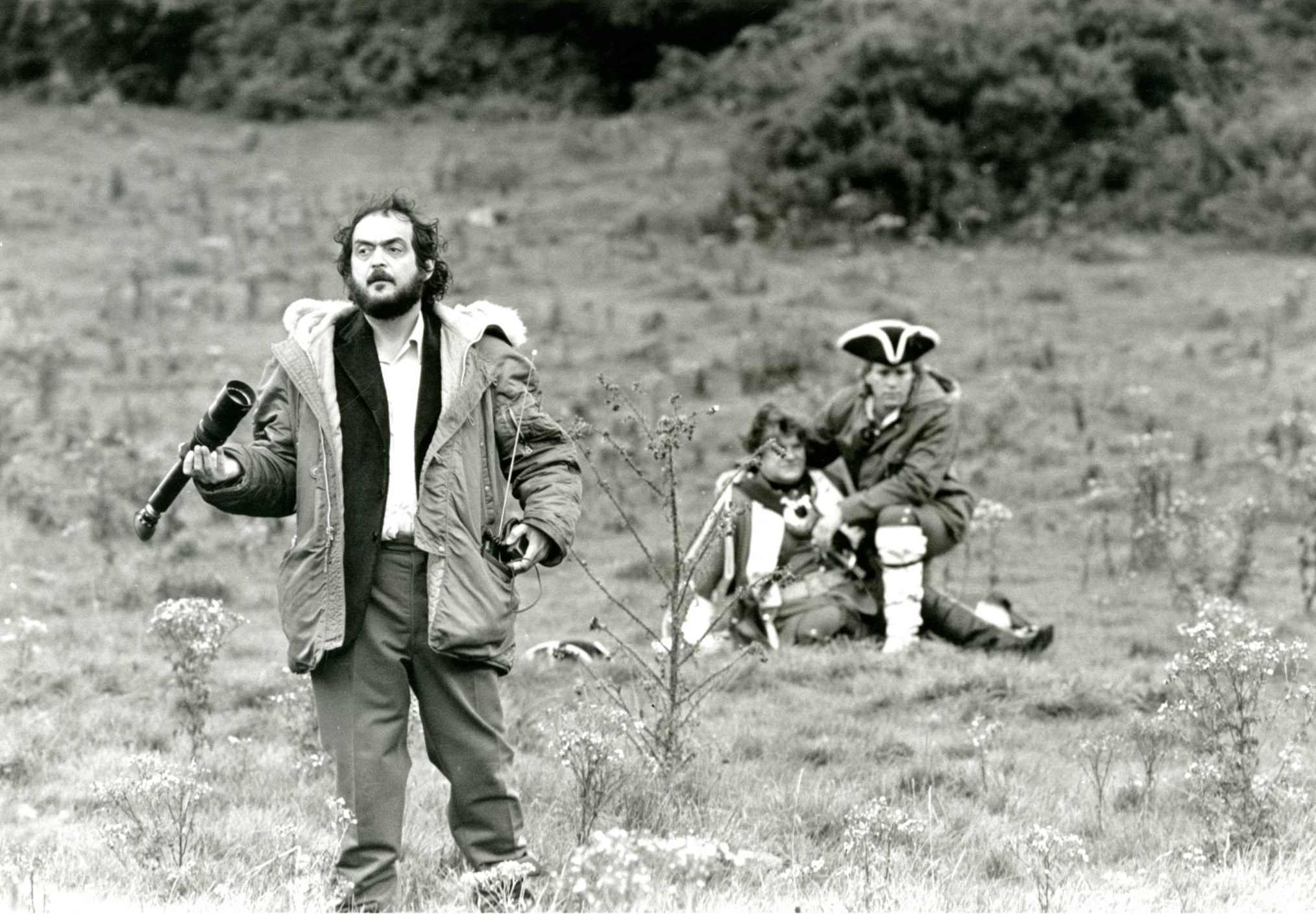
In 1975, Kubrick released a film called Barry Lyndon. Kubrick was a director who prided himself not only on his work but also upon his marketing skills. And for the first time in his career, he had failed at the second part. Lyndon was (and is) a tremendous piece of filmmaking, but its setting in eighteenth-century Ireland didn’t exactly line-up with the desires of the cinema-going public of the mid-seventies.
Not to mention that his prior film before Lyndon, A Clockwork Orange in 1971, had suffered its own setbacks with the public. Though more successful than Lyndon, Clockwork was infamously pulled from screens and banned from the UK by Kubrick himself after the violence in the film began to inspired copycat cases.
The relative failures of these two film left Kubrick searching for surefire success for his next film. After all, this was the same man who had catapulted his own avant-garde sci-fi film, 2001: A Space Odyssey, to massive success in 1968 by selling it as “the ultimate trip”. And so in searching for what was hot in the market at the time, Kubrick came up with a simple answer: Stephen King.
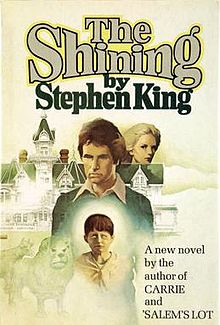
When John Calley, an executive at Warner Brothers, sent Kubrick an early manuscript of King’s novel, Kubrick found a prime candidate for his next feature. In an interview years later, Kubrick would go on to elaborate;
“ I thought it was one of the most ingenious and exciting stories of the genre I had read. It seemed to strike an extraordinary balance between the psychological and the supernatural in such a way as to lead you to think that the supernatural would eventually be explained by the psychological: “Jack must be imagining these things because he’s crazy”. This allowed you to suspend your doubt of the supernatural until you were so thoroughly into the story that you could accept it almost without noticing.”
When the film was released, it was a financial success but received a far less ringing endorsement from critics. In fact, critics straight-up hated what Kubrick had made. And they weren’t alone; Stephen King came out in vehement opposition to the film, claiming he hated what Kubrick had done to his work.
And as anyone who’s ever seen The Shining can probably tell you, it isn’t hard to understand why they had such a violent reaction to it. Upon first viewing, it’s simply a striking film that is incredibly hard to stomach, in more ways than one. It is so profoundly off-putting, but that’s the entire point of the film.
Kubrick didn’t approach the horror genre as a way to film grotesque death scenes or hurl jump scares at an audience. He saw it as a way to dig into the psychology of these characters, and in turn, the audience in entirely new ways. The end result is a film that sets out to make its audience deeply unsettled in ways both big and small.
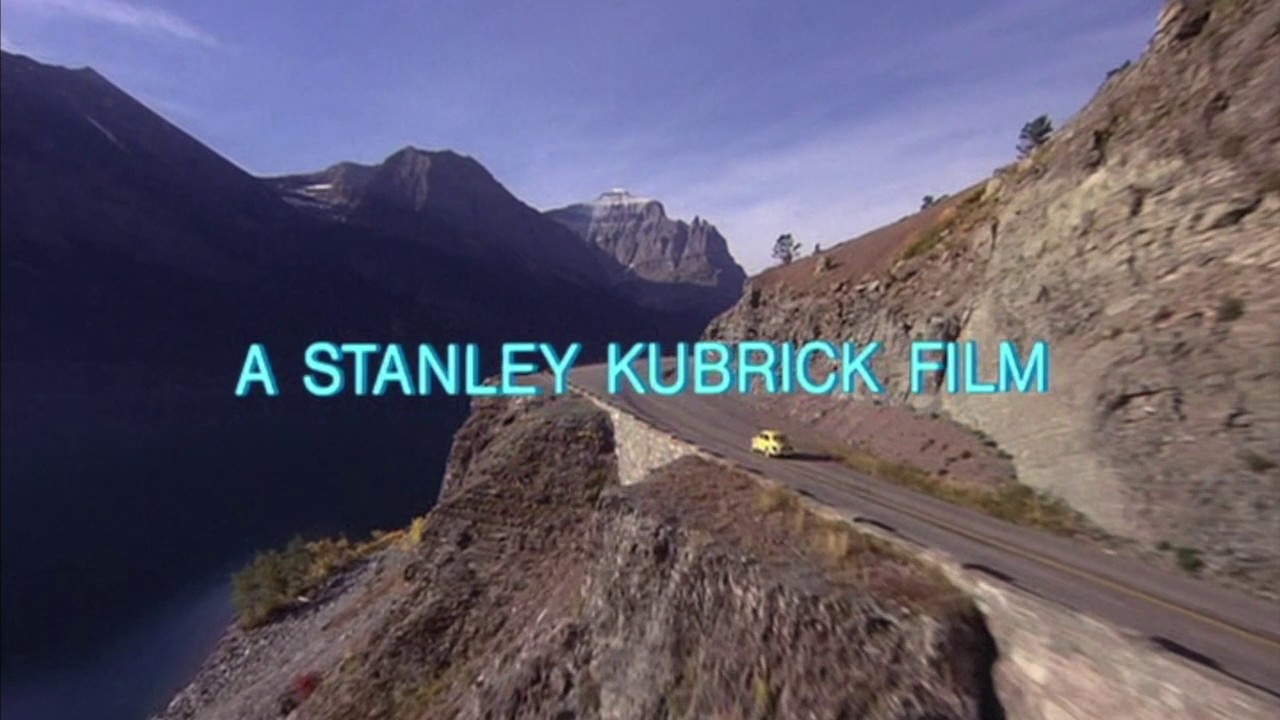
In the larger scheme of things, there’s the very structure of the film itself. After it’s ominous opening credit sequence, the film spends the better part of an hour introducing us to both the characters and the location before the plot even really gets going. This includes long takes of conversations between Jack and Stuart Ullman or Wendy and the doctor in Boulder. These sequences have no score and intentionally draw out the smaller moments. This sets the tone for what is to come, it’s Kubrick quite literally teaching his audience how to watch the film, instilling into them that it will require active viewership rather than passive viewership.
Crucially, this time is also spent familiarizing the audience with the history of both the Torrance family and the Overlook Hotel. Yet the film doesn’t hold the viewer’s hand through any of this. No cues to indicate what’s important because everything is important, and it expects you to keep up with the information you’re being given.
Once the Torrances get to the Overlook and are left alone things in the narrative and form get even stranger. In the larger scheme of things, there are the beats that Kubrick engineered specifically to make his circa 1980 audience uncomfortable with what they were being forced to see.
Take for instance the brief sequence in which we cut away from the Overlook to catch up with fellow-shiner, Dick Hallorann, who is a black man. In just two simple shots, Kubrick had the entirety of his predominantly Caucasian audience squirming in their seats. As we see Hallorann watching TV, the camera pulls out to reveal that his walls are covered with large pictures of nude African American women. The pictures are proud endorsements of the beauty of the African American body, with both displaying women with natural hair.
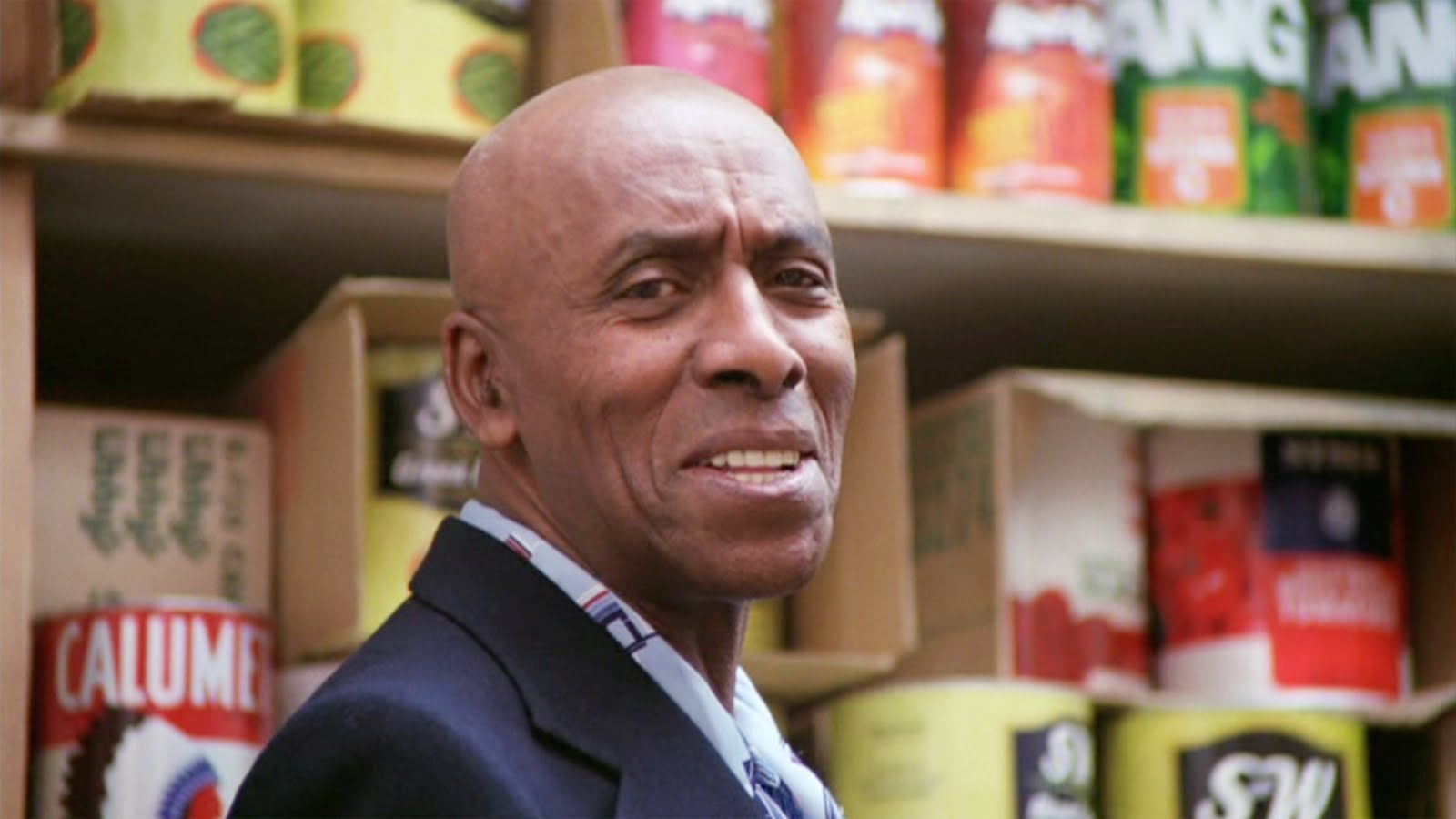
If that wasn’t enough, we get the following sequence, which shows Kubrick’s own take on what is referred to today as toxic masculinity. After Danny alleges that there is a woman in Room 237, Jack goes to investigate. In the room, he finds an all-nude woman who immediately comes onto him. Kubrick’s camera lingers on the woman’s body just as Jack’s eyes do, making sure that each and every person in the cinema gets more than an eyeful of the body. He’s deliberately placing viewers into Jack’s shoes, potentially arousing them just the same. So what does he do when audience surrogate, Jack Torrance, finally gets his hands on the nude female body? He weaponizes it. The body is suddenly replaced by an old, decaying, and infected nude woman. Suddenly, the space on the screen that Kubrick has trained the entire audience to not be able to look away from is occupied by this.
Kubrick goes on to elaborate in-narrative on Jack’s toxic masculinity. Jack is spurred on by finally being able to drink again and by the notion that he, just like Mr. Grady, must keep his wife in check. It’s telling that the turning point for Jack’s character is in the bathroom with Mr. Grady, where Grady implies that Jack needs to assert his manhood and “correct” his wife and child. It’s a nearly-literal dick measuring contest.
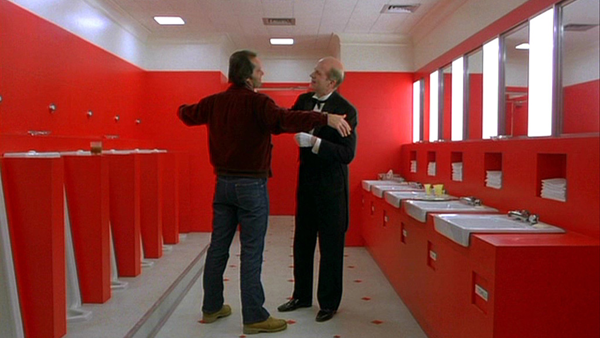
Then, of course, there are the smaller touches. The deliberate mistakes that Kubrick purposefully puts into the film that viewers will probably not consciously notice on the first or even necessarily the fifth time through, but the subconscious takes notice, and they act as nails on the chalkboard at the back of your mind. Little things that don’t quite add up like how Jack’s typewriter changes from grey to blue midway through the film, or how chairs may reappear/disappear in the background of shot-reverse shot conversations between Jack and Wendy, or how one of the passengers on the flight Hallorann is on is wearing a stethoscope for headphones. They’re deliberate mistakes placed there to make the audience feel uneasy.
On top of all of this, there’s the recurring motifs and thematics. One of the most prevalent examples of this is how Kubrick bastardizes children’s entertainment to deeply unsettle viewers. Danny’s door in Boulder is decorated with all kinds of stickers, the most prominent one being one of Dopey from Walt Disney’s Snow White. He watches Road Runner cartoons, wears a Mickey Mouse sweater, and has a Winnie the Pooh stuffed animal. For Pete’s sake, his parents nicknamed him Doc, just like Bugs Bunny. Using such innocent characters and brands to further the message of corrupted youth and the broken family dynamic at the film’s core is bold and drastically affecting.
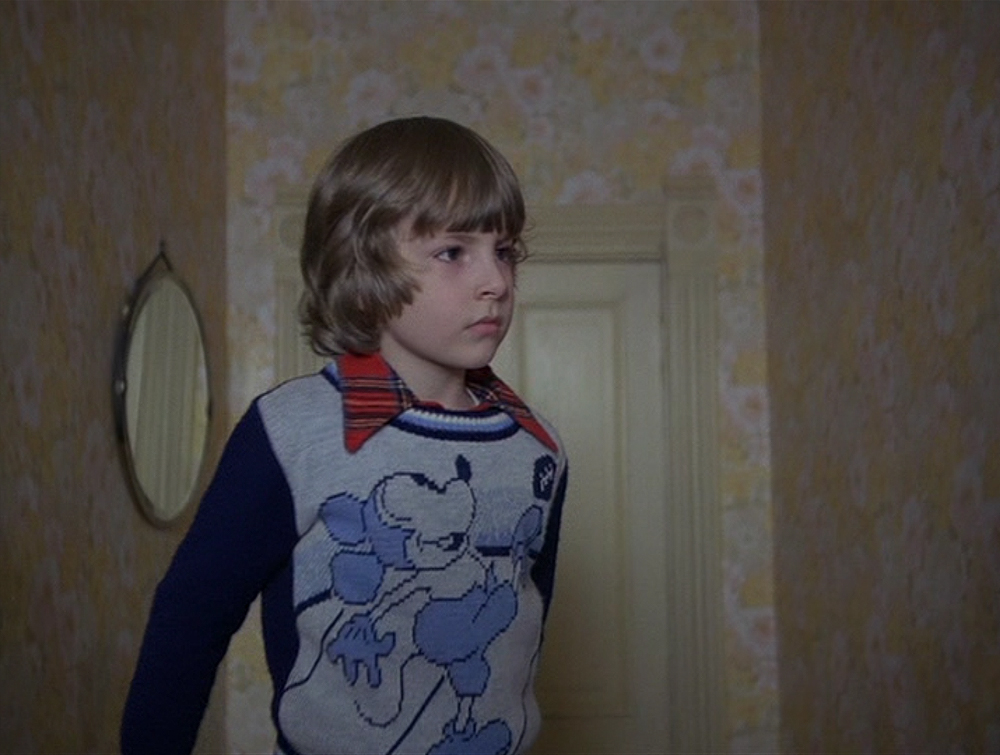
Similarly, the film’s use of Native American iconography is positively haunting. It’s mentioned early on that the Overlook was built on an ancient Indian burial ground, with the builders having to repel several attacks. The artwork inside the hotel is specifically referenced as being Navajo, there are several cans of Calumet baking soda (whose mascot is a red-faced Indian) displayed prominently, and Wendy even wears a heavily Native American-inspired poncho at one point. Not to mention how reminiscent of ancient Mayan rituals the scene where Wendy and Jack ascend the stairs together is, only for Wendy to hit him at the top and send his body crashing down the stairs. It’s Kubrick quite literally rubbing the white man’s face in the horrible atrocities he’s committed throughout history.
Stanley Kubrick’s The Shining is not your typical horror film. It’s an off-putting and deeply affecting piece of cinema that works very hard to make its audience as uncomfortable as possible, in ways both big and small. The end result is something that isn’t easy to swallow but gets to the root of horror cinema in a much more visceral way than any other film ever had before. Kubrick used the story as a vessel, to create a film that hijacked the original narrative and foregrounded some of the most uncomforting techniques in film history to unsettle the audiences of 1980 and beyond. Because just like Kubrick said, he saw the plot of King’s novel as able to allow the audience to suspend their doubt until they were so thoroughly into the story that they could accept it almost without even noticing.